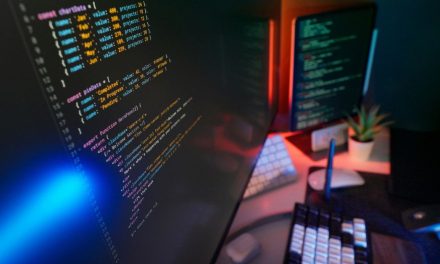The role of Artificial Intelligence (AI) in cybersecurity is to act as a force multiplier, enabling organizations to detect, respond to, and predict cyber threats with a speed, scale, and accuracy that is far beyond human capability.
As of September 5, 2025, AI is no longer a futuristic buzzword in the security industry; it is the central, indispensable technology that powers modern cyber defense. For security teams here in Rawalpindi and across Pakistan, AI is the essential ally that allows them to keep pace with the overwhelming volume and sophistication of modern cyberattacks.
1. From Reactive to Predictive: Seeing Attacks Before They Happen
For decades, cyber defense was a fundamentally reactive discipline. AI has flipped this model on its head, shifting the focus to prediction and proactive defense.
- The Old Model (Signature-Based): Traditional security tools relied on a database of “signatures”—the digital fingerprints of known malware. This was like a security guard who could only catch criminals whose mugshots were already on file, leaving them blind to new attackers.
- The AI Transformation (Behavior-Based): AI, particularly machine learning (ML), doesn’t look for known threats; it learns what “normal” looks like on a network. By analyzing millions of data points, it builds a dynamic baseline of normal user behavior and data flows. It then uses anomaly detection to spot any deviation from this baseline. This allows it to:
- Detect Zero-Day Attacks: Identify never-before-seen malware based on its suspicious behavior alone.
- Predictive Analytics: Identify the subtle, precursor activities of an attack, such as a user account accessing unusual files, and flag it as a high-risk event before the main attack is launched.
2. Defense at Machine Speed: Automated Incident Response
The speed of modern cyberattacks is measured in minutes or even seconds. A human-led response is simply too slow.
- The Old Model (Manual Response): A human analyst sees an alert, manually investigates logs, and then decides how to contain the threat. By this time, the damage has often already spread.
- The AI Transformation (SOAR): AI is the engine behind Security Orchestration, Automation, and Response (SOAR) platforms. When an AI-powered detection system identifies a high-confidence threat, it can trigger an automated “playbook” in milliseconds. This can include:
- Automatically isolating an infected laptop from the network.
- Blocking a malicious IP address at the firewall.
- Revoking the credentials of a compromised user account.
This machine-speed response contains threats before they can spread, dramatically reducing the impact of a breach.
3. The Augmented Analyst: Supercharging Human Expertise
AI in cyber defense is augmenting the role of the human security analyst, freeing them from routine tasks to focus on what humans do best: strategic thinking and complex threat hunting.
- The Old Model (Alert Fatigue): Security analysts were inundated with thousands of low-fidelity alerts every day, leading to “alert fatigue” and the risk of a genuine threat being lost in the noise.
- The AI Transformation (Intelligent Triage): AI systems now act as an intelligent filter. They correlate alerts from thousands of different sources, enrich them with threat intelligence, and filter out the false positives. The AI then presents the human analyst with a single, high-fidelity incident case file, allowing them to function as a high-level investigator rather than a data sorter.
The Other Side of the Coin: AI as a Weapon
It’s crucial to note that AI is a dual-use technology. The same capabilities are also being weaponized by adversaries to create hyper-realistic phishing scams and adaptive malware. This creates an AI-on-AI arms race, making the integration of AI into our defenses not just an advantage, but a necessity for survival.





